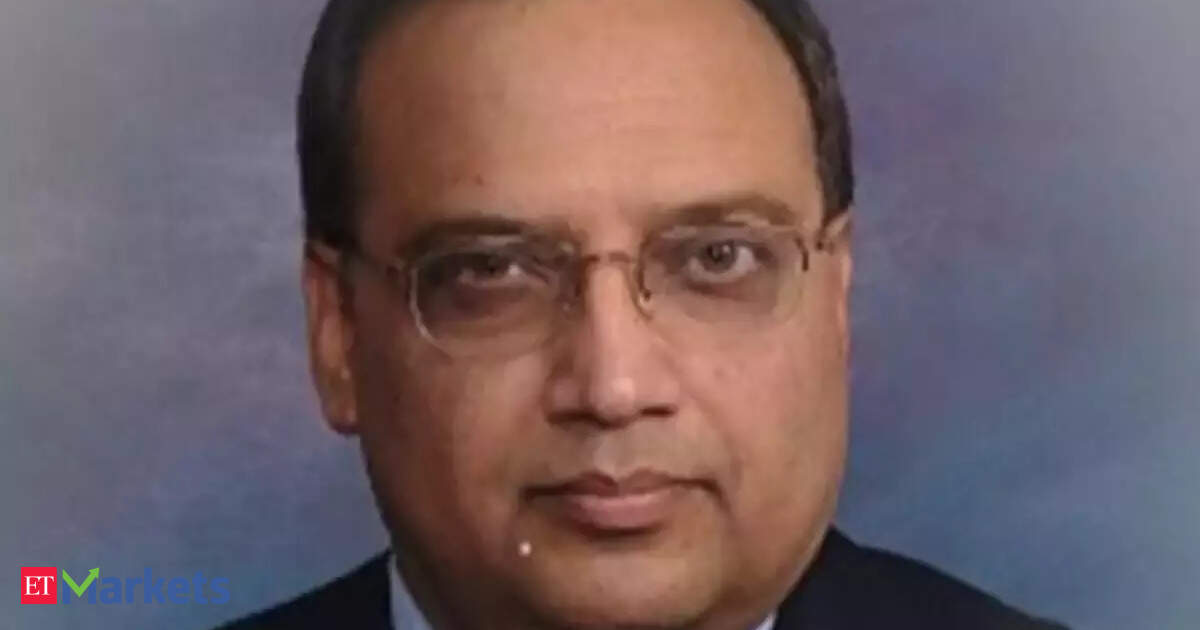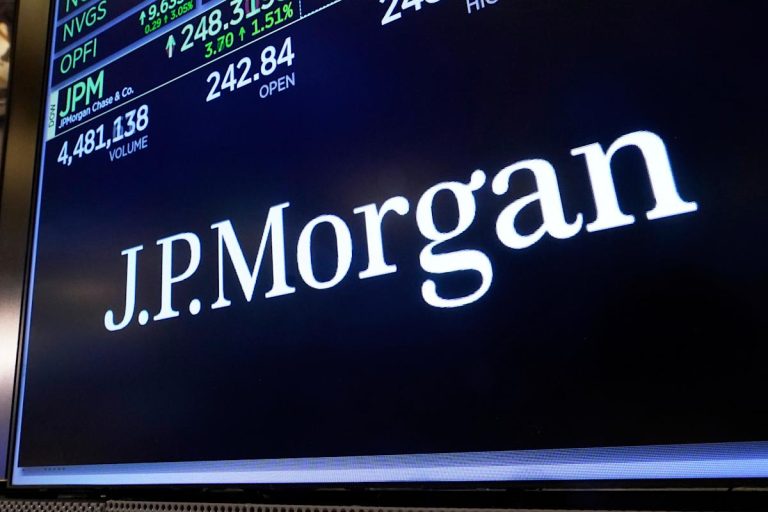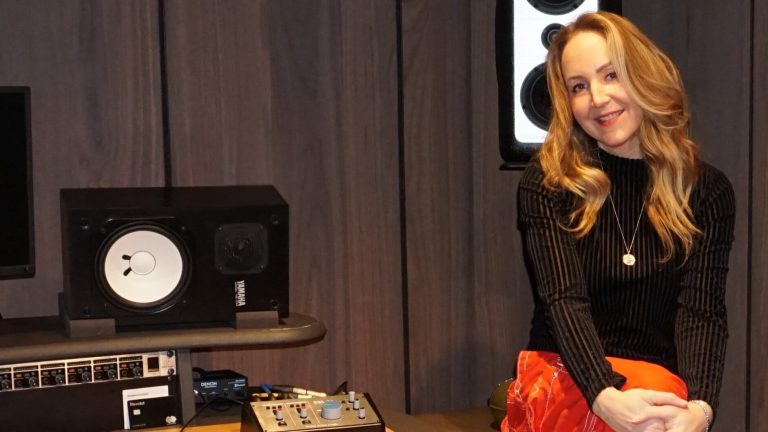Speaking first about the inflation numbers—the CPI figures—were you surprised by them, given expectations that the ongoing U.S. tariff policy would lead to rising inflation?
Santosh Rao: Yes, in fact, inflation did rise compared to last year. On a month-over-month basis, it was relatively stable. But the bigger issue, or the key takeaway, is that inflation is definitely creeping in. Prices of imported goods have gone up, especially consumer products. So, we’re seeing signs of inflation filtering into the market.
Companies had a lot of inventory built up, so they haven’t passed on the full cost increase yet. Much of that inventory was purchased at older, lower prices. But as time goes on and that inventory depletes, companies will start passing on more of the higher costs. So yes, inflation was somewhat contained, and it was largely expected. The market anticipated some impact, and we saw that—though not too much, at least for now.
Overall, the market is absorbing it. But there was enough evidence for both sides of the debate: those who believe inflation will rise due to tariffs saw signs of it, and those who argue tariffs won’t have a major impact also found some comfort because the rise wasn’t very sharp. So, it’s still unclear which narrative will dominate. But one thing is certain—tariffs are entering the system, and consumers will start to feel the pinch more as we move forward. That could restrain the Fed’s actions somewhat.
Are you suggesting we’re going to see a clear impact of tariff-related inflation on the U.S. economy soon? When might that start reflecting more prominently?
Santosh Rao: Yes, exactly. As I mentioned, many companies front-loaded their purchases to beat the tariff deadlines. They stocked up on inventory in advance. But now, that buffer is going to gradually wear off, and we’ll start seeing more products imported at higher prices. That’s when the inflationary impact will become more noticeable.
So, I believe the next CPI report could show a more pronounced uptick. Tariffs are certainly playing a role—that was expected. There’s usually a slight bump when tariffs are introduced. We saw this during President Trump’s first term as well: a modest increase in prices followed by a period where prices stabilize at a higher level and markets adjust.It’s not likely to be drastic—at least not yet. It all depends on where the final tariff agreements land. Negotiations are ongoing. There are frameworks being discussed, but nothing has been finalized. Especially regarding tariffs on countries like India, Russia, Mexico, and even Brazil—there’s been talk of 50% or even 100% tariffs. That’s creating some uncertainty in the market. So yes, inflation could go up further, depending on how these developments play out.







